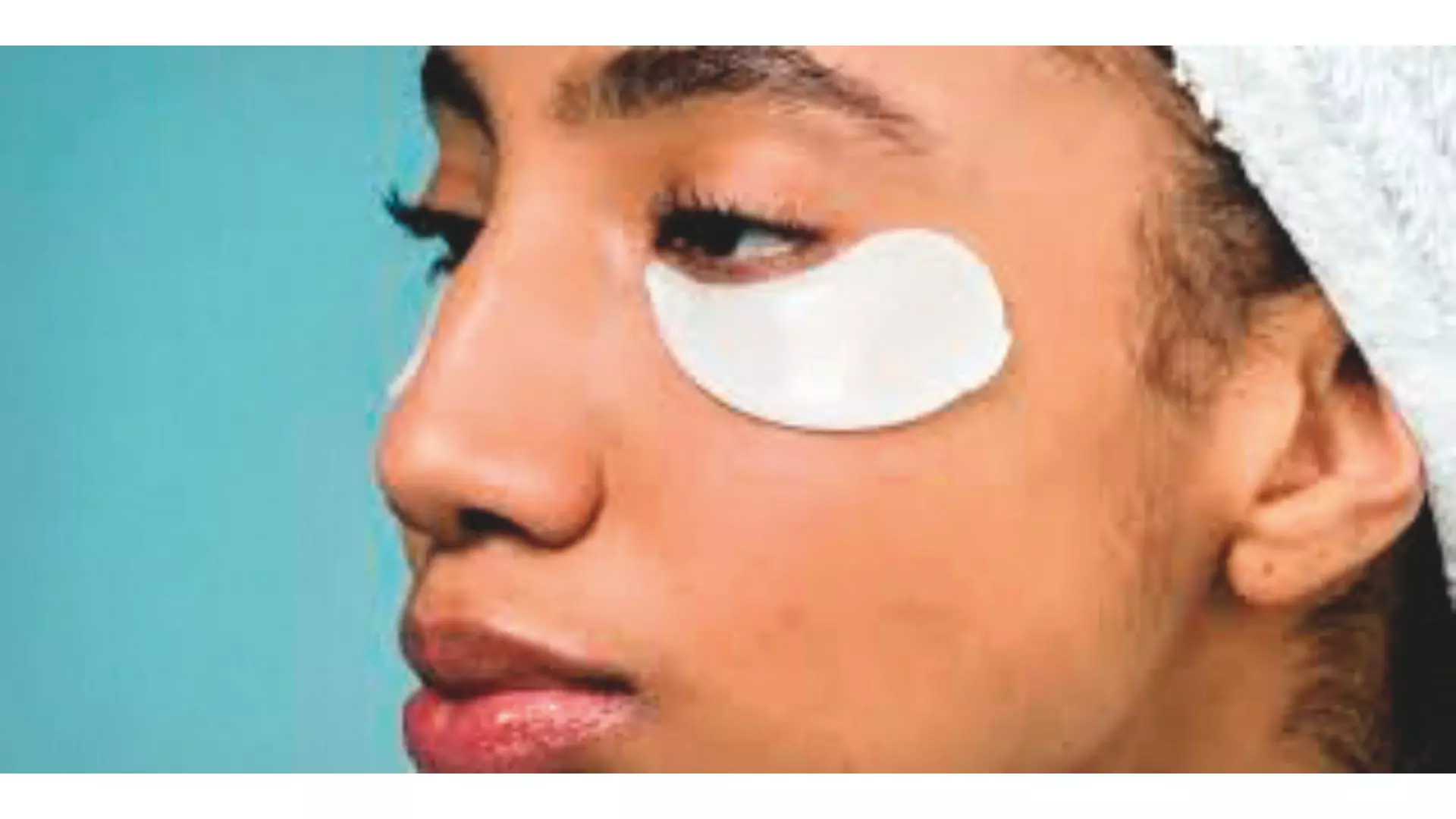Patch up
Doctors weigh in on the new entrant into the self-care domain, the wellness patch, that has found its spot in Katrina Kaif and Meghan Markle’s vanity

Nothing increases the awareness of a product more quickly than seeing it on celebrities. Meghan Markle sporting a NuCalm stress patch and Katrina Kaif with a black patch on her arm received a lot of attention on social media.
Many theories spread about why Markle or Katrina were wearing the patch, but apart from that, there are clear doubts regarding the patch itself. What exactly is it, and how does it work?
The wellness patch is a new entry into the self-care product industry. Another kind of user-controlled, sustained-release contraception that may enter the bloodstream via the skin is the transdermal patch. This dose form is the most comfortable since it is non-invasive, avoids the digestive system and first-pass metabolism, may be used for multiple days of therapy, and can be discontinued at any time.
Along with a variety of patches for medical reasons, there are patches that may help avoid the usage of birth control.
Wearable patches
“A transdermal patch is a small sticker that delivers medicine through your skin into your bloodstream. You stick it on clean, dry skin (like your arm or back), and it slowly releases medicine over hours or days, providing steady relief without the need for pills or injections,” says renowned gastroenterologist Dr. G.V. Rao, Director, Asian Institute of Gastroenterology. Used for pain relief, quitting smoking, hormone therapy, or motion sickness, these patches often make treatment simple and hassle-free.
Transdermal patches are efficient and non-invasive wearable medicine delivery systems, but how do these unique medical wearables work?
“Medical patches have been in public use since the late 1970s and early 1980s. The nicotine patch, introduced in the early 1990s, is the most common transdermal patch widely used to help people quit smoking,” says Dr. G. V. Rao, adding, “It delivers a controlled dose of nicotine through the skin, reducing withdrawal symptoms and cravings. Other common types include pain relief patches (like fentanyl patches), hormone therapy patches (e.g., for oestrogen), and motion sickness patches (e.g., scopolamine).”
Variants
Medical patches come in various types, including transdermal drug delivery patches (like nicotine patches for smoking cessation, pain relief patches, hormone therapy, contraceptive patches, and motion sickness patches), monitoring patches (for tracking glucose levels, heart rhythms, or body temperature), diagnostic patches (like allergy test patches to identify allergens), wound care patches (antibacterial or hydrogel patches for faster healing), and cosmetic/wellness patches (for energy boosts, vitamins, or skincare). “Each type offers a convenient and targeted solution for medical or wellness needs,” adds Dr. G. V. Rao.
From people who have trouble swallowing pills to those living in remote areas, transdermal patches are a rapidly growing solution to the demand for accessible, self-administrative healthcare. “This method provides several advantages, such as continuous drug delivery over an extended duration, bypassing the digestive system, and avoiding first-pass metabolism in the liver,” says Dr. Jaishree Sharad, internationally renowned celebrity cosmetic dermatologist, adding, “Transdermal patches are non-invasive devices that deliver consistent treatment for days and can be removed at any time. Available in various sizes, these patches often contain multiple active ingredients.”
These patches may contain high doses of active ingredients and typically remain effective for hours after application.
Types of transdermal patches
Drug-in-Adhesive System:
This is the simplest form of membrane-controlled drug delivery. The drug mixture is incorporated within an adhesive layer sandwiched between the liner and the backing material.
Micro-Reservoir System:
This system combines features of the reservoir and matrix systems. The drug is first suspended in a water-soluble polymer solution and then dispersed uniformly in a lipophilic polymer, creating numerous microscopic reservoirs that store it.
Matrix System:
Here, the drug is uniformly distributed within a hydrophilic or lipophilic polymer matrix. For controlled drug release, discs of a specific thickness and surface area fix the polymer matrix containing the drug.
Reservoir System:
This system stores the drug in a reservoir that sits between the backing layer and a rate-controlling membrane. A microporous membrane releases the drug at a controlled rate. The reservoir may contain the drug in various forms, such as solutions, suspensions, or gels, or dispersed in a solid polymer matrix.
Iontophoresis Patch:
These patches use electrical currents to transport charged drug molecules into the skin. You can apply the medication directly to the patch or use tap water to deliver it in milder cases.
Microneedle Patch:
These patches contain microscopic needles that penetrate the outermost layer of the skin, forming microchannels for drug delivery directly into the bloodstream. They are commonly used for applications such as tumour therapy, wound healing, and scar treatment.
The most widely used transdermal patches are microneedle patches and acne patches.These patches create tiny channels that allow targeted drug delivery. They are particularly beneficial in treating conditions such as skin tumours, wounds, and scars, demonstrating their versatility in medical applications.” — Dr. Jaishree Sharad, internationally renowned celebrity cosmetic dermatologist
